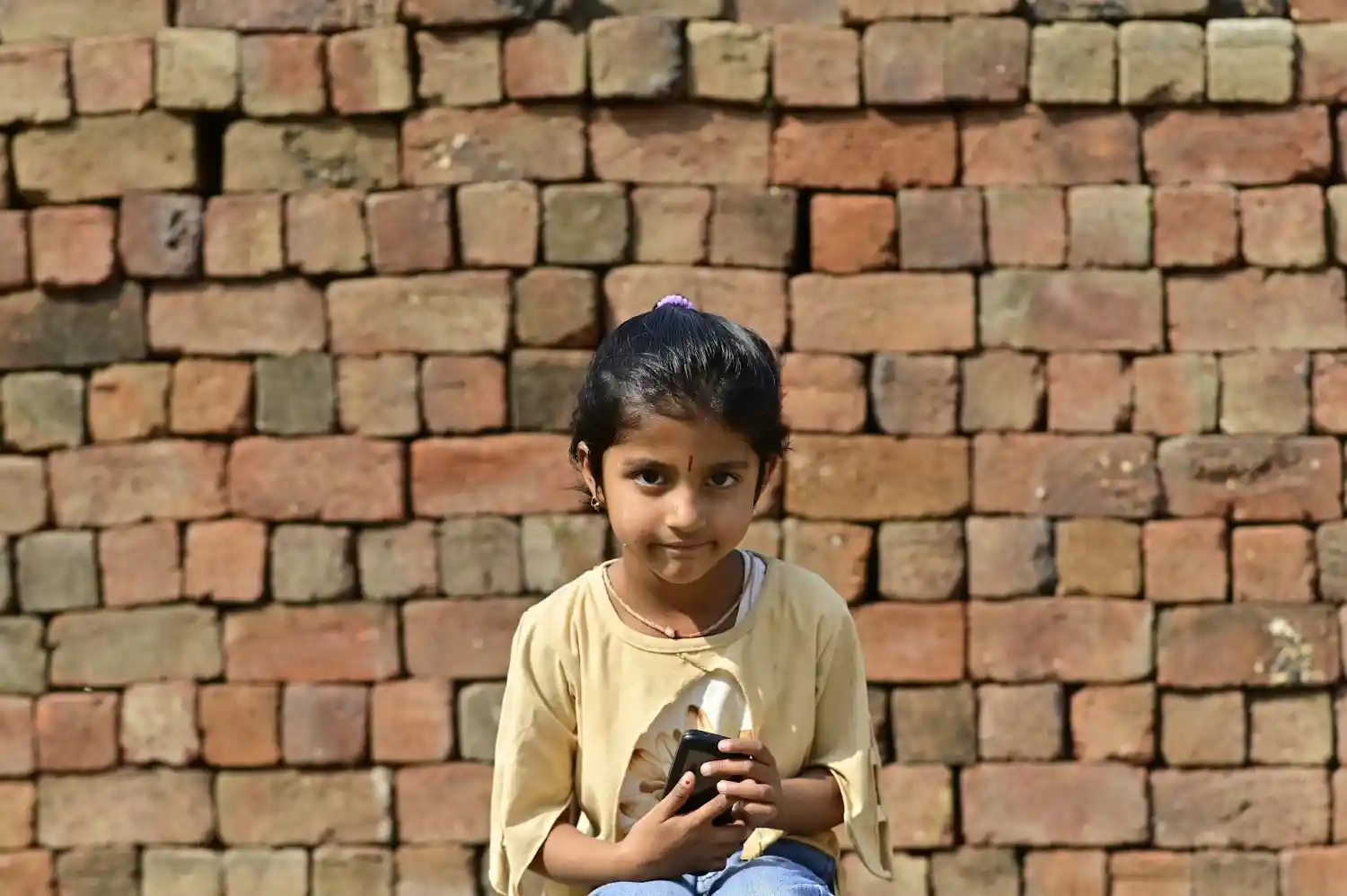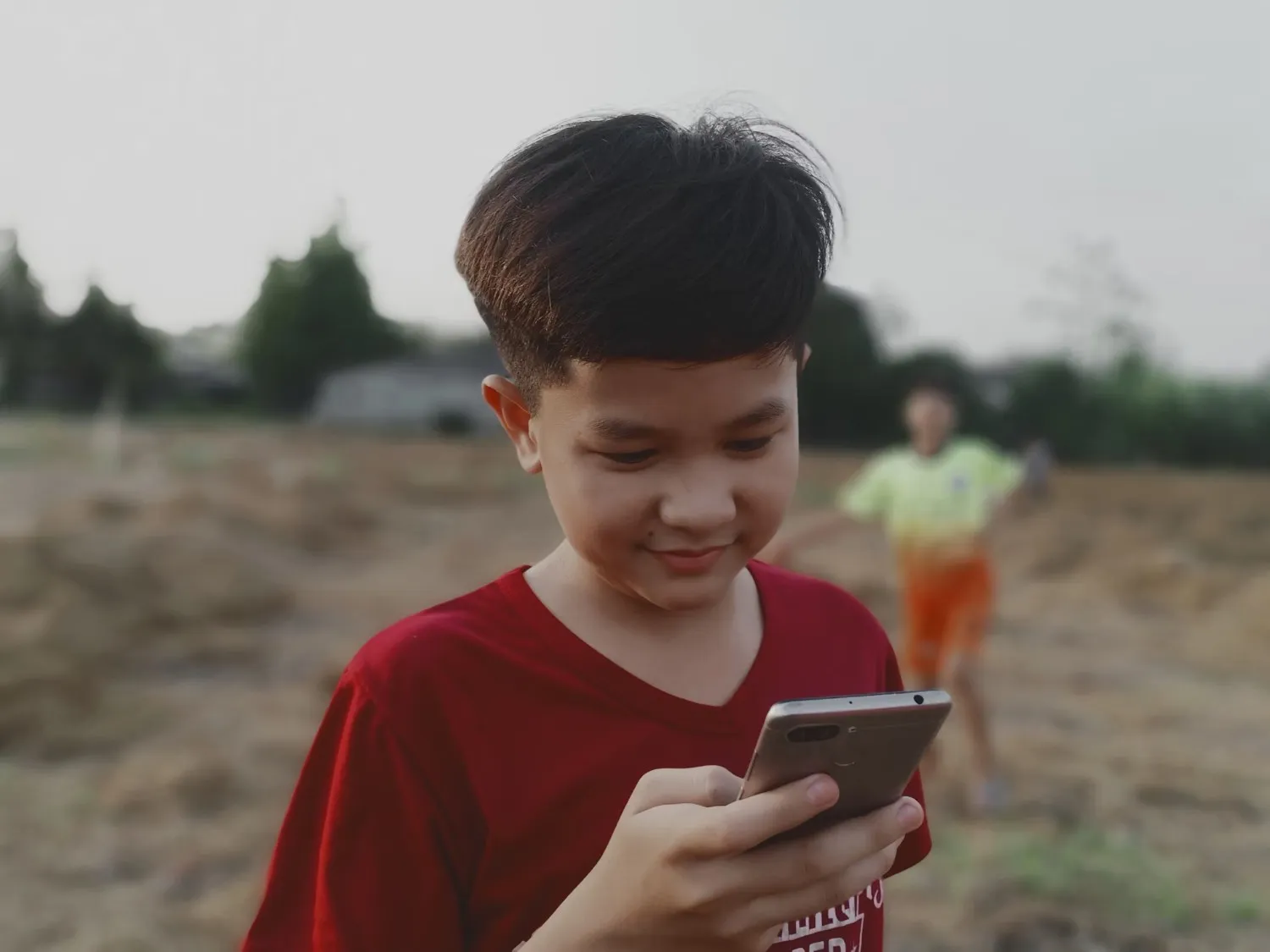Introduction: Is Your Child Really Safe Online?
In a world where screen time starts before nap time, the need for digital parenting for child’s digital safety is more critical than ever. According to a 2023 Pew Research study, over 60% of children aged 8 to 12 access the internet daily—and many without active parental supervision. But here’s the real kicker: most parents believe they are doing enough.
Let me ask you this: Do you know which apps your child used last week? Can you name the top three people they message? If the answer is “no,” you’re not alone—and this blog is exactly what you need.
Let’s explore the parental role in online safety, backed by expert tips, real stories, and actionable steps that can protect your kids in the digital playground.
Why Parental Involvement Is Non-Negotiable

Think of the internet as a city. Some parts are safe, educational, and enriching. Others? Not so much. Now imagine sending your child into that city without a guide. That’s what unrestricted online access is like.
Children are naturally curious, trusting, and eager to explore. Without parental oversight for digital safety, they’re vulnerable to:
- Inappropriate content
- Online predators
- Cyberbullying
- Privacy breaches
- Phishing scams disguised as “fun quizzes”
A 2022 survey by Norton LifeLock revealed that 40% of kids between 10-17 had received messages from strangers online—and only 30% told a parent. This gap is alarming and shows how vital it is to maintain open lines of communication.
Your involvement can be the difference between a learning opportunity and a lasting trauma.
Want to understand how NGOs support families in this space? Read about the Top 10 Child-Focused NGOs in India Making a Difference.
1. Start with Conversations, Not Controls
Open dialogue beats secret surveillance every time. Sit down with your child and explain:
- Why internet safety matters
- The difference between personal and public information
- What to do if they feel uncomfortable online
Try using scenarios. “What would you do if someone you don’t know sends you a friend request?” These thought experiments make digital safety tangible.
One mom shared how her son came to her after receiving an inappropriate DM—because she had already taught him that protecting children online starts with trust.
Make these talks casual. Discuss online safety during car rides, after school, or while watching YouTube together.
Building trust is just one part of digital safety. Emotional support also plays a role—especially for students under stress. Explore 9 Proven Stress Management Techniques for Students.
2. Set Clear Boundaries Together
Instead of just enforcing screen time limits, involve your child in setting them. This builds ownership and reduces resistance. Create a family online security plan with:
- Screen time schedules
- Device-free zones (like the bedroom or dinner table)
- Approved websites and apps
Use visual cues. Draw up a simple family tech contract with “dos and don’ts” everyone signs. Frame it on the fridge. These visual reminders keep boundaries top of mind.
Setting boundaries isn’t about control—it’s about creating space for balance and well-being.
3. Use the Right Tools, Not Just Rules
There are excellent tools out there that support safe internet practices for kids, such as:
- Bark: Monitors social media and alerts parents to red flags
- Qustodio: Tracks screen time and sets time limits
- Google Family Link: Manages apps and filters content on Android devices
- Circle: Monitors every device in the house via the Wi-Fi network
Use these tools as teaching moments. Show your kids what they do and why. Let them help set up the parental controls.
These tools support—not replace—your role. Think of them as digital co-pilots.
Digital tools are great, but mental wellness should go hand-in-hand. Learn why emotional well-being in underprivileged students matters.
4. Be a Digital Role Model
Your child is watching how you use the internet. If you’re glued to your phone during dinner, expect the same behavior. Model mindful digital habits:
- Take screen breaks
- Talk about what you read online
- Be skeptical of unverified info
Discuss your own challenges too: “I spent too much time on Instagram today—it made me feel stressed. Tomorrow, I’m logging off after 20 minutes.”
Internet safety for parents starts with leading by example.
5. Learn the Platforms Your Kids Use
You don’t have to become a TikTok influencer, but you do need to understand how these platforms work. Create a family TikTok or Roblox account. Use the platform together.
Doing so helps you:
- Spot red flags early
- Understand safety features
- Set platform-specific boundaries
Explore together: “Show me your favorite YouTube channel.” “Can you help me understand why Snapchat is so fun?” Your curiosity makes them more open.
6. Teach Privacy and Password Safety
Kids don’t automatically understand that “1234” is not a secure password. Teach them to:
- Use complex passphrases
- Never share login info
- Understand why multi-factor authentication is crucial
Use relatable examples: “If your school locker had a lock that everyone knew the combo to, would it be safe?”
Make password security a game. Who can come up with the strongest passphrase? Winner gets a small reward.
Teaching digital boundaries also means recognizing signs of distress. Here’s how to recognize and address mental health issues in underprivileged children.
7. Normalize Reporting and Digital Boundaries
Just like we teach kids not to talk to strangers in the real world, they need to know how to:
- Say “no” online
- Block and report strangers
- Recognize manipulation or grooming tactics
Practice role-playing. Pretend to be a stranger sending a weird message—then discuss how to respond safely.
Remind them: it’s okay to tell you anything. Create an environment where teaching children about online safety as a parent is part of everyday life.
Real-Life Example: One Family’s Story
One dad we interviewed set up a digital contract with his 11-year-old daughter. It included promises like:
- I will tell my parents if I feel weird about something online
- I won’t download an app without asking first
- I understand that what I post online stays there forever
After a friend sent her an unsafe link, she didn’t hesitate to get help. Why? She had guidelines and trust already in place. That’s the power of strategies for parents to prevent cyber threats for kids.
Another story came from a family who held a monthly “digital health check.” Everyone shared one positive and one negative online experience from the past month. It became a powerful bonding tool.
Conclusion: You’re the Guide on Their Digital Journey
Let’s be real: parenting in the digital age is hard. But your role in your child’s online safety is irreplaceable.
You don’t need to be a cybersecurity expert. You just need to:
- Stay informed
- Stay involved
- Stay open
Start small. Review your child’s favorite app together. Ask them who they talk to online. Set one new digital boundary this week.
Create space for regular check-ins—not just when there’s a problem. Offer guidance, not judgment.
Because when you lead, they learn. And when they feel safe, they thrive.
“You are your child’s strongest password.”
Want to do more for children’s education and online safety? See how education-based NGOs are leading the charge in Top 10 Education NGOs in India.
💛 Donate to Support Mental Health Programs 💛
Your donation helps us fund:
- Emotional health toolkits for classrooms
- Training sessions for teachers and caregivers
- Mental health workshops and counseling support
- Art and play therapy sessions for children in trauma
Even a small monthly contribution can fund mindfulness materials, journals, or wellness kits for multiple children.
Want to see how effective digital platforms can amplify NGO impact? Check out The Power of NGO Websites: Examples and Key Elements.















